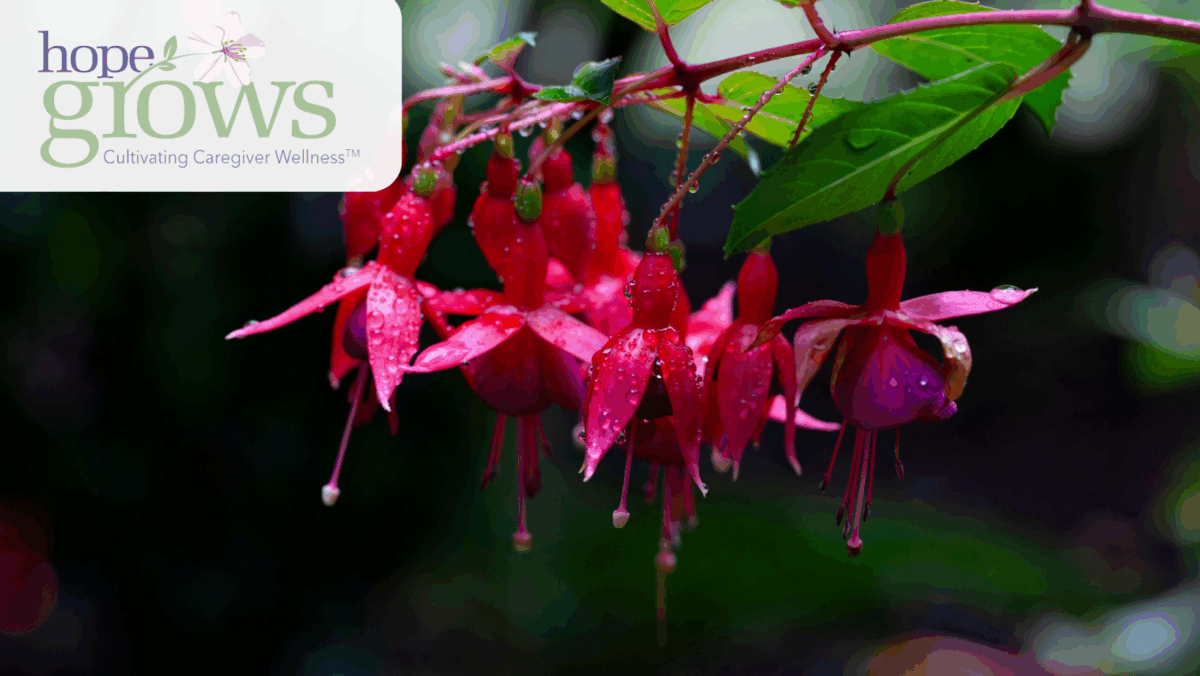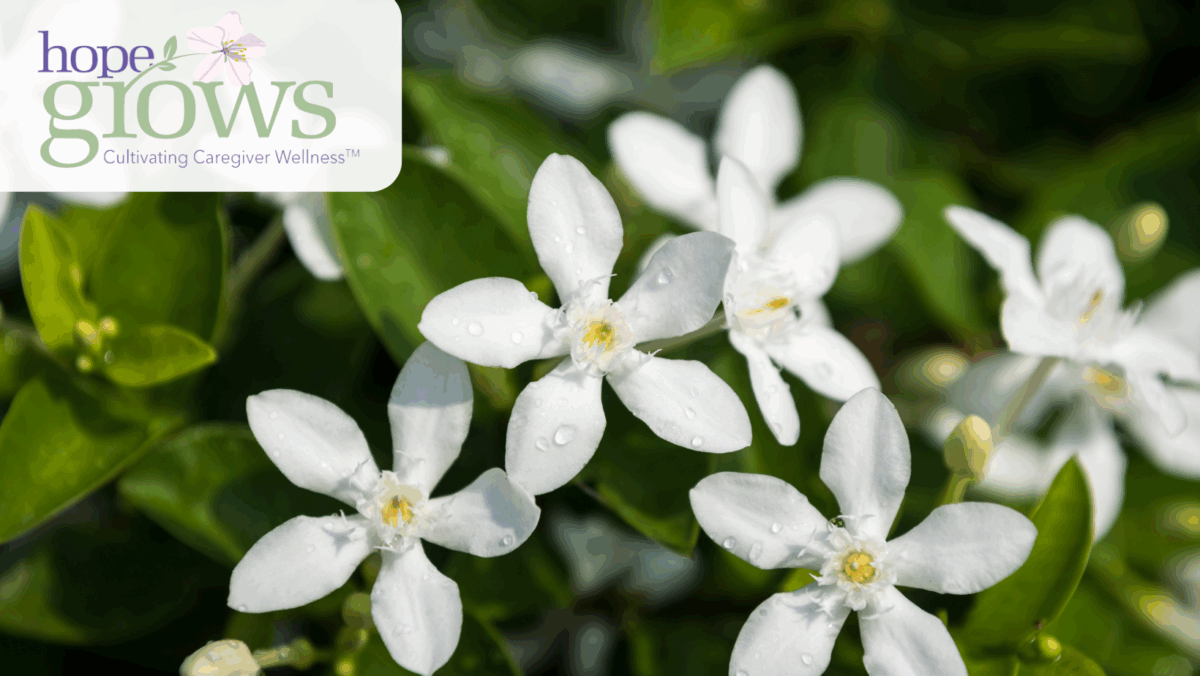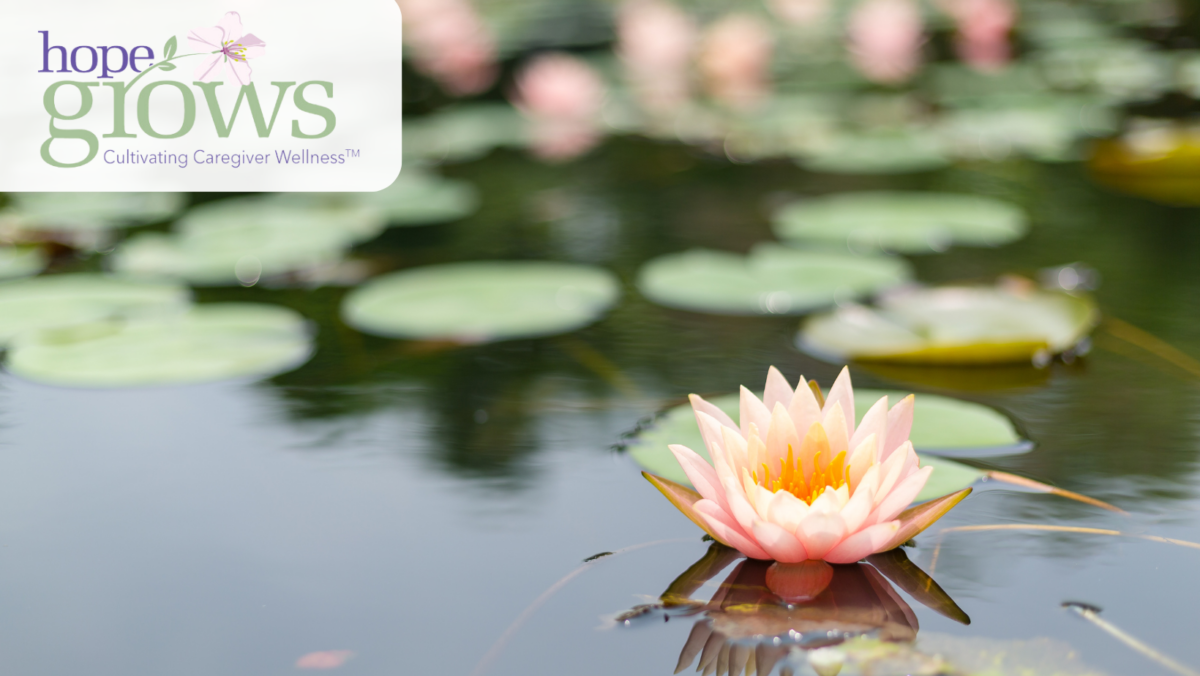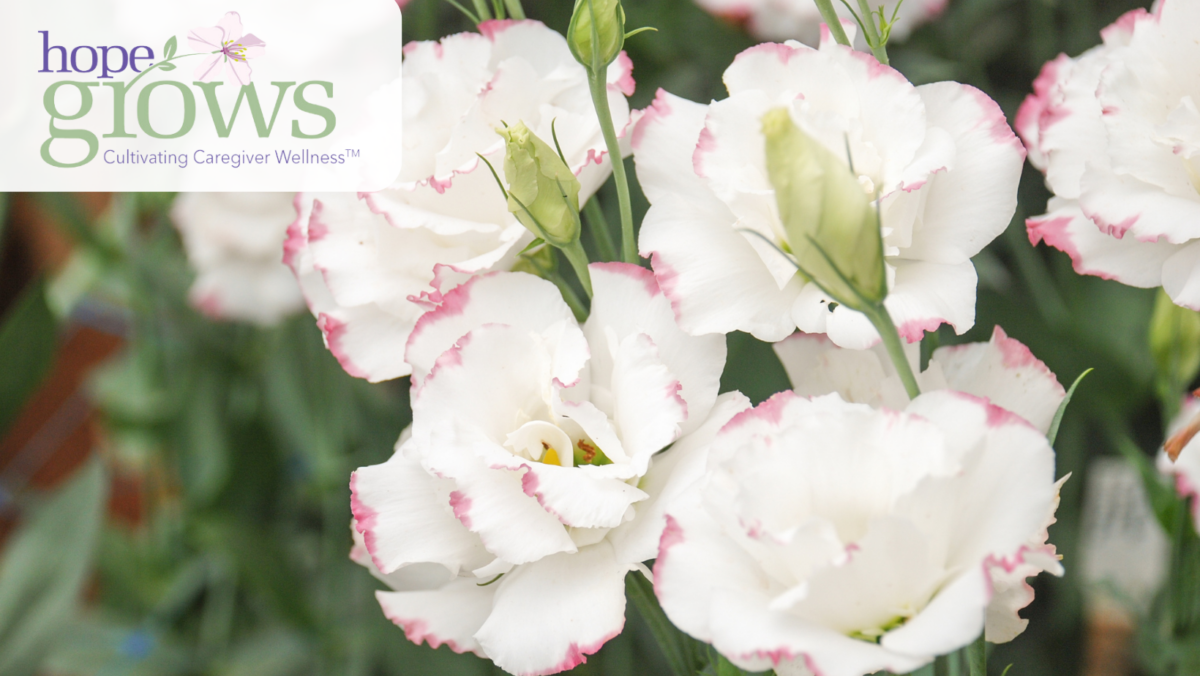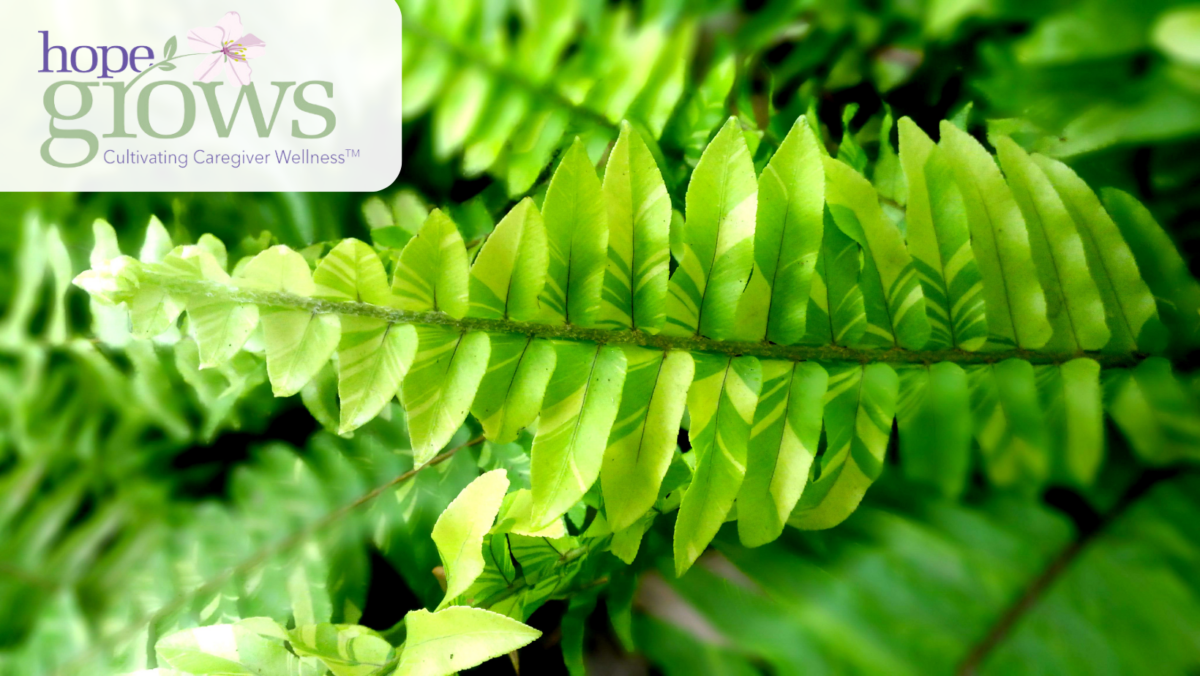Beyond Yourself: Finding Ground in Grief During Autumn
Autumn carries with it a unique duality—a beauty that invites reflection and a reminder of inevitable change. Leaves shift from vibrant greens to fiery reds and golds, daylight wanes, and the air grows crisp. For caregivers, this season can mirror the internal landscape of grief: moments of vivid memory, tinged with loss, and a sense of transition that can feel both beautiful and unsettling.
Caregivers experience loss throughout their journey—not only the eventual passing of a loved one but also the slow erosion of familiar routines, physical independence, and shared dreams. Often, the weight of this emotional labor is carried quietly, and reaching out for support can feel like an indulgence rather than a necessity. Yet, it is precisely during these moments, when life feels beyond your control, that stepping outside yourself to seek support creates a profound opportunity: the chance to live in a moment beyond yourself.
The Power of Emotional Support
Grief can be isolating, but it does not need to be endured alone. Emotional support—whether through a trusted friend, a counselor, or a support group—offers caregivers a space to share, reflect, and be witnessed without judgment. It allows for the release of pent-up feelings, the validation of experiences, and the gentle reminder that grief is not a linear process. By reaching out, caregivers’ step beyond the self-imposed isolation and embrace a moment of shared humanity. In this act, even the heaviest moments of loss can become slightly more bearable.
Nature as a Grounding Force
Autumn’s natural rhythms mirror the journey of loss, offering a quiet guide toward a feeling of being grounded. I know I have mentioned this many times in my blogs, and maybe I am starting to sound like a broken record, but connecting to nature works. While I share my experience from the other day, please know that this is not meant to be a comparison to the grief we all feel as described above; it merely is an example of how powerful connecting to nature can be.
I was at Hope Grows over the weekend helping my spouse with the leaves and cutting the grass when the utility vehicle we were using would not start. We were back in the woods when we realized the battery was the problem. We were far enough away from an electric source for jumping the battery that caused annoyance and frustration. We were both tired and almost done with the work, and we started to experience a sense of defeat: a loss of time, as we both saw it, time that we thought we couldn’t spare. Instead of expressing the emotions, I suggested we lean back in our seats and look up into the trees, and take some deep breaths. WOW! Within a few minutes we both could feel the benefit from connecting to nature. It truly is a grounding force.
Moments of loss and the emotion that comes with it is overwhelming. It doesn’t have to be if we choose another path, such as walking among the shifting trees, noticing the crispness of the air, or observing the slow descent of falling leaves. This process encourages mindfulness—a way to root oneself in the present. Nature gently reminds us of life’s cycles, the inevitability of endings, and the quiet persistence of renewal. These encounters do not erase grief but provide a tangible anchor, a steadying presence amidst emotional turbulence.
Living Beyond Yourself
When caregivers engage with emotional support and connect with nature, they participate in a practice of living beyond themselves. It is an acknowledgment that grief, while intensely personal, is also shared across the human experience. These practices create moments where the weight of caregiving and loss can be set down, even temporarily, allowing space for reflection, compassion, and hope. Autumn, with its transitional beauty, becomes a companion in this process—a reminder that change, loss, and renewal exist side by side.
For caregivers, embracing support and the grounding presence of nature does not diminish the depth of their grief. Instead, it offers a path toward resilience, mindfulness, and the quiet revelation that even in the midst of loss, life—like the turning of the seasons—continues, offering moments of connection, insight, and healing. In the moment that both my spouse and I had with staring into the trees, it calmed our brain enough to spark a creative fix to getting the utility vehicle started. Thank you, God, for helping us take those deep breaths and to nature for giving us the opportunity to go beyond ourselves.
Hope Grows offers emotional and mental health support to caregivers and those grieving a loss by way of mental health counseling, support groups, both virtual and in-person, education, and phone check ins.
Written by Lisa Story, MSCP, LPC, CT
Founder & Clinical Director
Focus of the Month: Beyond Yourself
Essential Oil: Cedarwood
Flower: Fuchsia

